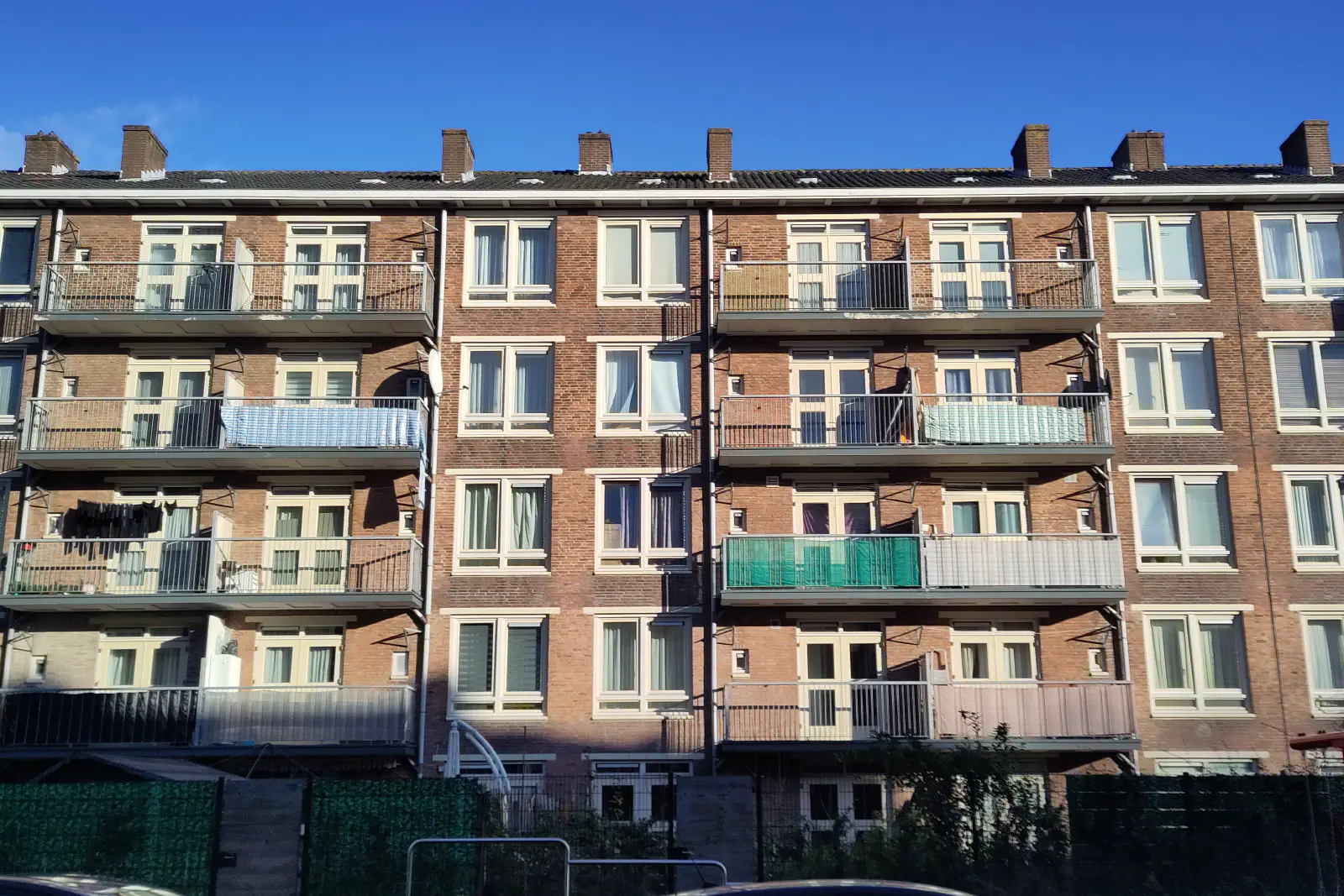
Moving towards a Just Energy Future: displacement and redevelopment in Amsterdam
Amsterdam, like many other European cities, is facing a severe housing crisis. Affordable and good-quality homes are increasingly difficult to access, pushing more people into housing precarity (Hochstenbach, 2022). On top of that, soaring energy prices have exacerbated existing inequalities forcing even more people into energy poverty and creating new groups left behind by the low-carbon transition (Sovacool, 2021). In response, the municipality of Amsterdam has designated ‘development areas’ and ‘experimental sites’ for pushing renovation, innovation and a sustainable energy transition in those areas that are most in need.
Amsterdam Nieuw-West, a large city district with a high number of social housing units is one of those transition areas. With the Masterplan Nieuw-West, the municipality aims to provide overall quality and provide more middle-income (rental) houses to stimulate social mixing in the area. One way to achieve a more diverse housing offer is through urban renewal projects involving the demolition of existing social housing stock and rebuilding in higher density. The number of social housing units after redevelopment remains equal and additional houses are for future residents with a middle or high income. For the current residents, these plans mean losing their direct home, network and relationship with the neighbourhood. Residents commonly have no guaranteed return and struggle to find another suitable home amidst the housing crisis, especially for residents with larger families.
The urban renewal plans also include sustainability targets, such as a municipal-led roadmap away from fossil fuel dependency and towards the circular economy, aiming to achieve carbon neutrality by 2040. The municipality, social housing corporations and Vattenfall are collaborating in the project Warm Amsterdam, a specific effort to transition social housing units to the city warmth network. The city warmth network is a water-based piped system that circulates high-temperature water heated up by residual heat from a waste processing facility, biomass and – as a transitional phase – gas (Kaandorp et al., 2024). Yet, there is a strong opposition. Individual energy costs are higher than the current fossil fuel energy bills and residents are reluctant to be linked to a monopolist supplier that can unexpectedly increase prices.
The current roadmap of Amsterdam towards Housing Energy Justice is thus a puzzling one, risking to push residents out of their neighbourhoods through social mixing and densification efforts on the one hand. On the other hand, it risks presenting the bill of the energy transition to those least able to bear the weight, further exacerbating existing inequalities in housing and energy poverty.
REFERENCES
Hochstenbach, C. (2022). Uitgewoond: Waarom het hoog tijd is voor een nieuwe woonpolitiek. Das Mag Uitgevers.
Kaandorp, C., Pessoa, I. T. M., Pesch, U., Van De Giesen, N., & Abraham, E. (2024). ‘Commoning practices’ for energy justice? Perspectives on the heat transition in the city of Amsterdam. Energy Research & Social Science, 108, 103369. https://doi.org/10.1016/j.erss.2023.103369
Sovacool, B. K. (2021). Who are the victims of low-carbon transitions? Towards a political ecology of climate change mitigation. Energy Research & Social Science, 73, 101916. https://doi.org/10.1016/j.erss.2021.101916


